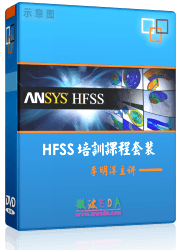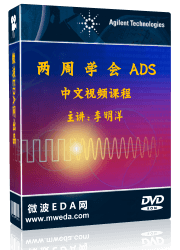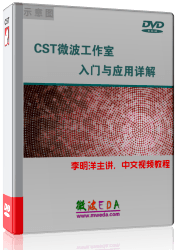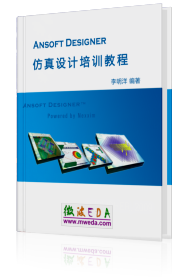Special Solver Parameters - Material
 Solver Solver Start Simulation Start Simulation Specials Specials Material Material
Special settings
In this frame the user can define some parameters
related to the surface impedance algorithm and to the activation of power
losses 1d monitor.
Lossy metal model
order
Specify here the order of the one-dimensional
lossy metal model. The order is represented by the number of space steps
of the substitute structure. If the model order is increased, the simulation
result is enhanced at the expense of a higher calculation effort.
Compute power losses
at monitor frequencies
Activating this check box enables the computation
of the power, as a function of the frequency, dissipated by the dispersive
electric and magnetic materials and by the lossy metal and surface impedance
elements (i.e. ohmic sheet, tabulated surface impedance and corrugated
wall).
The selected monitor frequencies for the dispersive
electric and magnetic materials are chosen in correspondence of the 3D
frequency field monitors, where the electric and magnetic fields are computed.
Please note that the computed power is obtained summing up the contribution
of those fields only. This is especially important when subvolume field
monitors are defined as the losses are computed in the corresponding subvolume
only.
The selected frequencies for the lossy metal
and surface impedance elements are chosen in correspondence of the 2D
and 3D frequency field monitors defined by the users and of the far field
monitors as well.
A 1D curve displaying the dissipated power is
stored and displayed in the "1D
Results" tree subfolder, offering a better insight into the
model power efficiency and allowing an accurate energy balance evaluation.
Plasma and nonlinear material frame
In this frame the user can define the parameters
related to the monitor for the plasma and nonlinear material. In case
of nonlinear plasma material the charge density will be recorded. In case
of dispersive nonlinear material the instantaneous equivalent eps and
mue variation due to the nonlinearity will be recorded.
Activate monitor
Activate or not the time monitoring of the charge
density in case of non linear plasma materials and of the equivalent eps
and mue variation in case of nonlinear materials.
Start time
Enter here the start time for the time monitoring.
Step width
Enter here the desired step width for the time
monitoring. Together with start and end time this value determines the
full number of recorded time samples. Note that time monitors possibly
need a great amount of disk memory if the step width is chosen too small.
End time
Selecting this check box offers the possibility
to define a specific end time for the recording. If it is not selected,
the recording will continue up to the end of the calculation.
OK
Accepts the input and closes the dialog.
Cancel
Closes this dialog box without performing any
further action.
Help
Shows this help text.
See also
Solver,
Signals
in Time Domain Simulations Overview, Material
Overview (HF)
Special Solver Parameters: Waveguide, Steady
State, AR-Filter, Solver, General




HFSS视频教程
ADS视频教程
CST视频教程
Ansoft Designer 中文教程
|